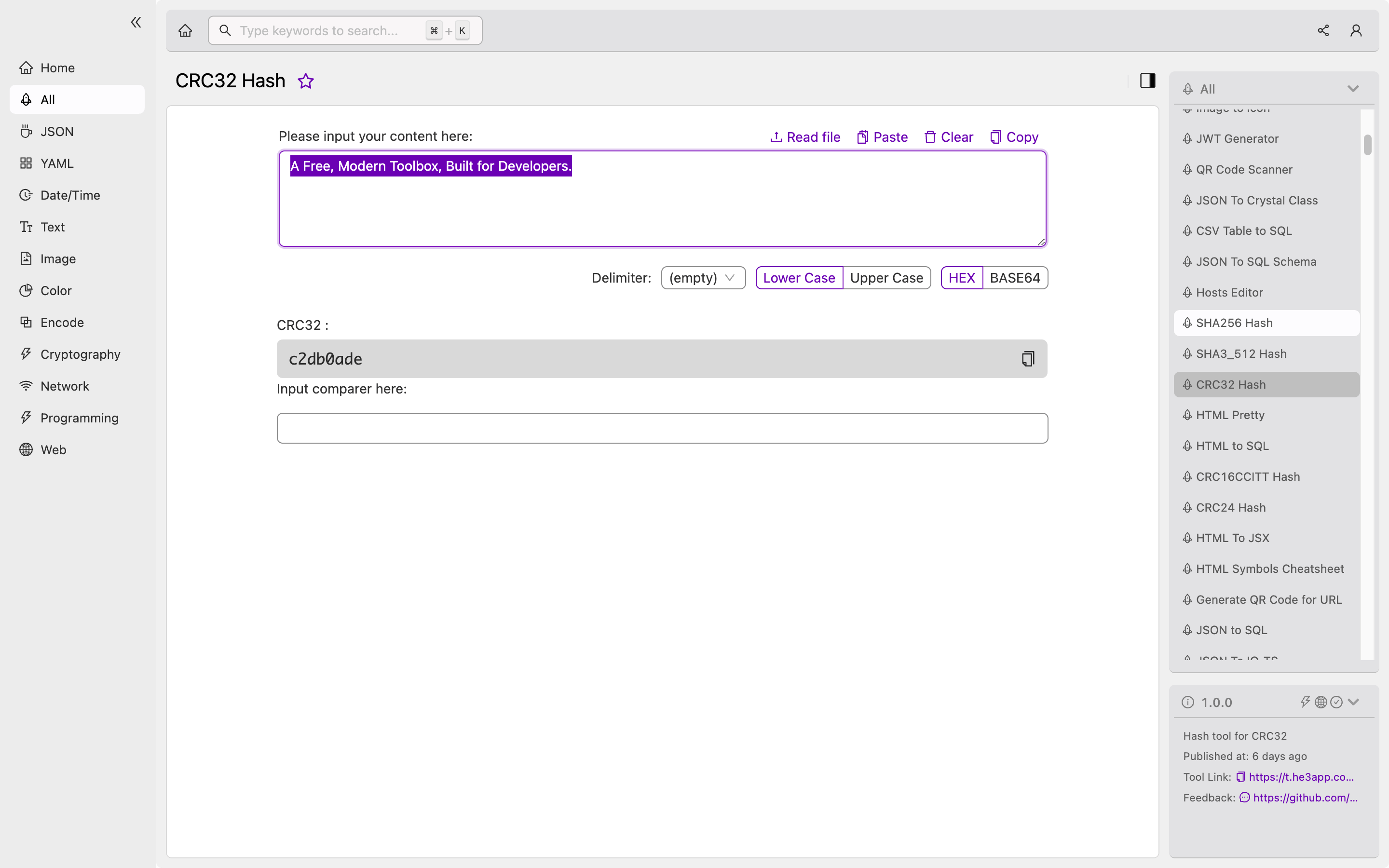Introduction
Hash functions are essential tools in computing that are used to map data of arbitrary size to a fixed size. Among the most widely used ones is the Cyclic Redundancy Check (CRC) algorithm, which can be used to ensure data integrity, detect error codes, and identify duplicates in databases. In this article, we’ll focus specifically on CRC32 Hash, one of the many variants of the CRC algorithm.
What is CRC32 Hash?
CRC32 Hash is a 32-bit hash function that performs a cyclic redundancy check on a block of data of any size and returns a fixed-length checksum. The resulting checksum is unique to the input data, making it suitable for validating whether data has been changed, corrupted, or unintentionally damaged during transmission or storage.
The CRC32 algorithm is based on a mathematical formula that generates a polynomial of degree 32, which represents the checksum. The function iterates over the input data, dividing it into chunks and performing a calculation on each chunk using the polynomial.
How it works
CRC32 Hash involves building a polynomial representation of the input data, dividing it by a primitive polynomial, and then taking the remainder as the hash value. The primitive polynomial used can be any of the pre-defined ones or a custom one defined by the developer.
The hash value obtained from the CRC32 algorithm can be used to check if the data has been transmitted or stored correctly by comparing it with the expected hash value.
Scenarios
The CRC32 Hash is used in various scenarios, such as:
- Data transmission where there is a need for error detection
- File verification to ensure that downloaded files are not corrupted
- Integrity checks in databases and message digests
- Identification of duplicates in databases
- Data synchronization between systems
Developers can use CRC32 Hash in their applications to verify data integrity, detect data duplicates, or checksum entire files quickly and easily.
Sample Code
Here is an example of how to calculate the CRC32 Hash of a string:
import zlib
message = 'Hello, world!'
crc32_hash = hex(zlib.crc32(message.encode('utf-8')))
print(crc32_hash)Key Features
Some key features of the CRC32 Hash include:
- It is simple and fast to compute
- It is widely used
- It has a low probability of generating hash collisions
- It is easy to implement in hardware
Misconceptions and FAQs
It is often assumed that the CRC32 Hash is foolproof and guarantees data security entirely. However, it is important to note that it only detects whether data integrity has been compromised but not how it has been compromised. Here are some frequently asked questions about CRC32 Hash:
Q: Can I use CRC32 Hash to encrypt sensitive data? A: No. CRC32 Hash is not an encryption algorithm and should not be used for encryption or obfuscation of sensitive data.
Q: What is the best hash function for large datasets? A: The choice of a hash function depends on the specific needs of the application. Other popular hash algorithms for large datasets include SHA256 and MD5.
Conclusion
The CRC32 Hash is a simple and fast hash function that is widely used for data integrity checks, error detection, and identification of duplicates in databases. It is easy to implement and has a low likelihood of producing hash collisions. Developers can use CRC32 Hash to verify data integrity and detect changes caused by unintentional corruption, malicious tampering, or data storage errors, among other scenarios.
Or you can use CRC32 Hash tool in He3 Toolbox (https://t.he3app.com?n235 ) easily.
